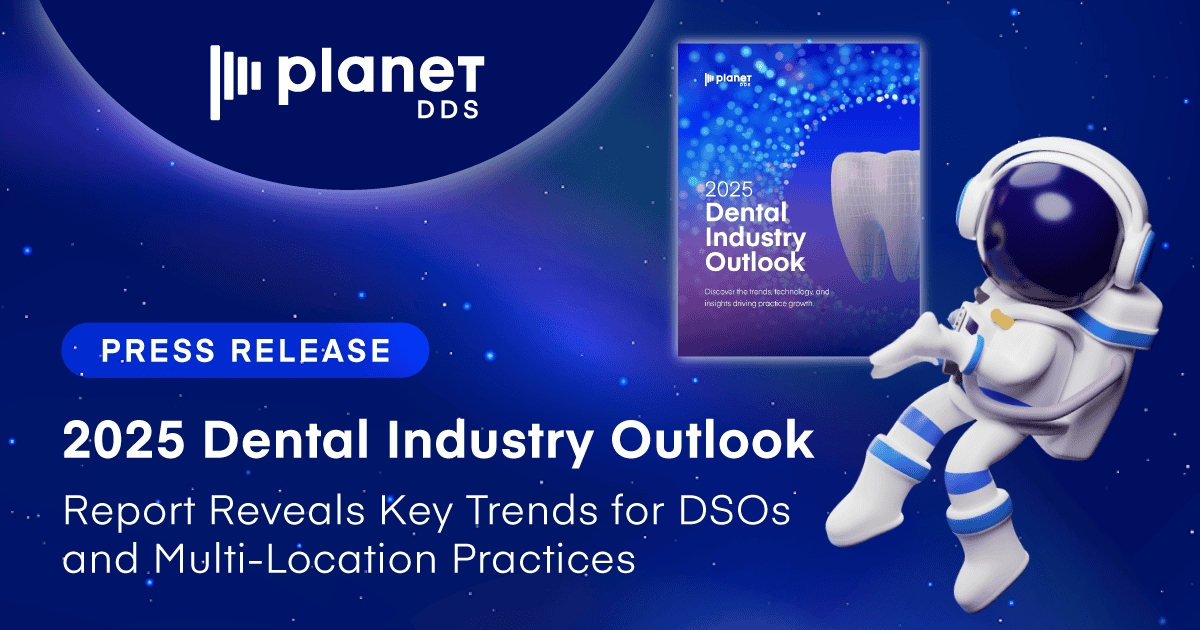Top Challenges Facing Dental Practices and Groups in 2024

What are the top challenges facing dental practices and dental support organizations (DSOs) this year?
We asked the editors / content contributors for five dental industry magazines to share their thoughts on both the biggest hurdles – and potential solutions – facing private practices and groups today.
Their answers include recruiting, staffing, training, and more.
 Brian Donahue, Content Director of Dental Product Shopper
Brian Donahue, Content Director of Dental Product Shopper
There are many challenges facing dental practices big and small in the year ahead. One of the first that comes to mind at the moment is staffing, as practitioners struggle to attract and retain team members, including hygienists. But beyond ensuring they’re fully staffed with the right people and a healthy culture, I think dentists/owners need to think about how they’re staying ahead of the competition and what they’re doing to attract new patients and provide the best possible care in what is often a very crowded marketplace.
Beyond ensuring practices are fully staffed with the right people and a healthy culture, I think dentist/owners need to think about how they’re staying ahead of the competition and what they’re doing to attract new patients and provide the best possible care in what is often a very crowded marketplace.
A major part of that – and a challenge in itself – is choosing the right technology and the appropriate partners to help raise your practice to the next level. Dental technology is constantly advancing and we’re seeing immense strides being made in areas from software to imaging to 3D printing.
Those practices that wow their patients with the conveniences of same-day dentistry, the accuracy of state-of-the-art imaging, and the comprehensive services enabled by modern dental technology, will reap the rewards of a stellar reputation and word-of-mouth marketing.
 Kevin Henry, Editor of DrBicuspid.com
Kevin Henry, Editor of DrBicuspid.com
The biggest challenge I see for practices in 2024, no matter their size or location, is not only overcoming the hiring shortage that we have seen in our industry for some time, but also the meshing of generations in the practice and the various ways that these generations learn about their profession.
There is no right or wrong way to learn, but I am hearing that newer, younger team members who are entering the profession are often “challenged” by their more established teammates when it comes to their ability to grow in their knowledge through social media. This often causes conflicts that adds another layer to the dentist’s day.
Keeping this next generation of team members in dentistry is vitally important, and doing that may include more established team members opening up their minds to new paths toward knowledge.
Within dental practices, opportunities for learning of all kinds need to be addressed openly so everyone knows what is accepted and what isn’t. If there’s a policy in place, it can set the bar for the entire practice, no matter the age or experience level.
Keeping this next generation of team members in dentistry is vitally important, and doing that may include more established team members opening up their minds to new paths toward knowledge.
 Kim Larson, Co-Founder and COO of Group Dentistry Now
Kim Larson, Co-Founder and COO of Group Dentistry Now
Recruitment and retention of personnel in front office, dental assisting, and dental hygiene roles will remain the foremost challenges for DSOs, dental groups, and solo practitioners in 2024. The pandemic had exacerbated pre-existing staffing issues within dental offices. Now, the challenging economic climate is intensifying the situation. Instances of personnel relocating to nearby practices due to marginally better compensation packages are not uncommon.
There is a pressing need to expand the availability of dental hygiene (and dental assisting) programs and increase enrollment to bolster the supply of qualified hygienists nationwide.
Addressing the issue of job turnover may necessitate cultivating an unparalleled workplace culture and implementing appealing incentives that render leaving the organization an unnecessary choice. Additionally, there is a pressing need to expand the availability of dental hygiene (and dental assisting) programs and increase enrollment to bolster the supply of qualified hygienists nationwide.
 Josey Sewell, RDH, DEO Magazine Editorial Board Member
Josey Sewell, RDH, DEO Magazine Editorial Board Member
Every group of dentists is different, but they have one thing in common – every one of them is struggling with their hygiene department. My hope is to bring to light how hygienists affect dentistry, and to empower us with information to get what we deserve as providers to help decrease the stress of our dentists and leaders.
Every group of dentists is different, but they have one thing in common – every one of them is struggling with their hygiene department.
For some time, dentists were highly productive and could make up for the loss in hygiene with their restorative departments. However, as we’ve entered a recession and economic uncertainty, patients are not accepting treatment at the same rates as in 2021. Production and revenue have been down, based on the metrics I see from my clients.
Noah Levine, Editorial Director of Dental Products Report
In 2024 private dental practices will continue to feel financially squeezed by internal and external factors. Rising costs for supplies, and for talented staff are combining with higher interest rates to make it more expensive to operate a practice, but insurance reimbursements continue to lag behind, creating a challenging situation for many practices. There is no one-size-fits-all solution to these challenges, but most practices will benefit from creating (or refining) systems and incorporating technologies to operate more consistently and efficiently.
There is no one-size-fits-all solution to these challenges, but most practices will benefit from creating (or refining) systems and incorporating technologies to operate more consistently and efficiently.
Group dental practices face the same challenges as private practices, but the impacts are felt differently. With the ability to make technology investments at scale, many group practices are leading the current wave of digitalization across the industry. Group practices are already creating efficient workflows, and standardized processes around digital dental technologies, and this means they are also collecting large amounts of both clinical and operational data. Unlocking the potential of this information is the biggest opportunity in front of group dental practices in 2024.



